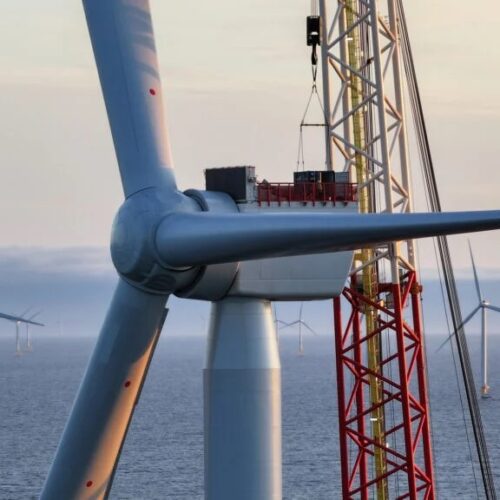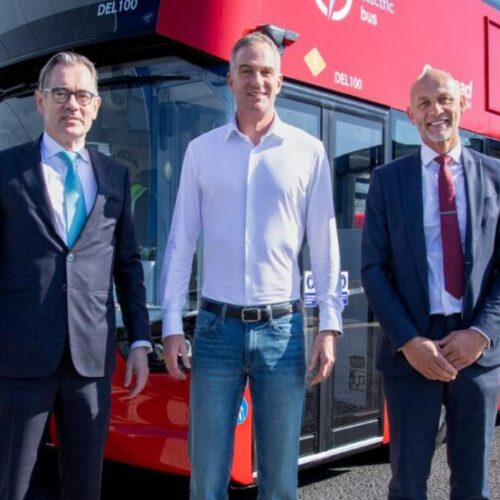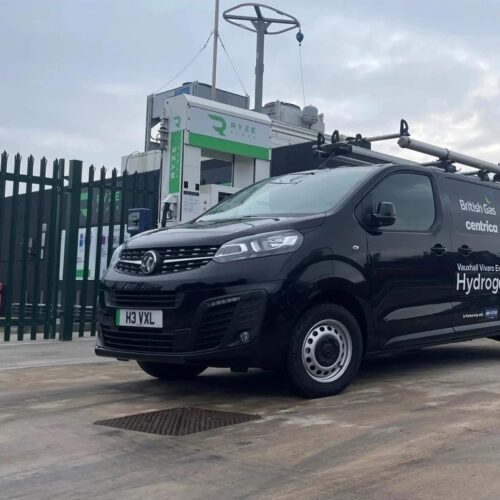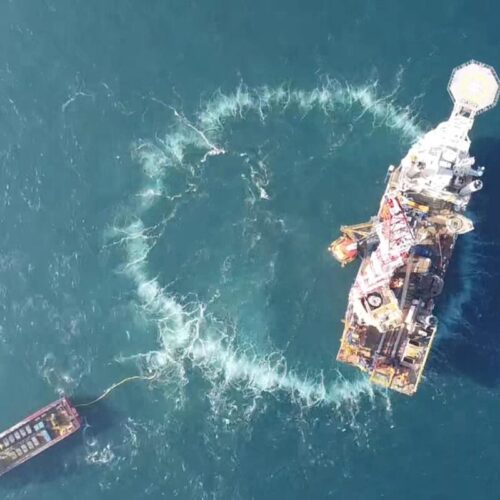On 30 January, the IFA2 interconnector between Great Britain and France tripped, causing frequency to drop as low as 49.62Hz.
Commissioned in 2021, IFA2 is a 1,000MW high voltage direct current (HVDC) interconnector managed by National Grid and French transmission network operator Réseau de Transport d’Électricité (RTÉ). When the interconnector tripped last week, imports to the UK dropped by about 1GW and frequency was well below the National Energy System Operator (NESO) operational limits of 49.8 – 50.2Hz.
NESO had procured its target of around 1.5GW frequency services, but this was the first event that benefitted from the operator’s quick reserve, which made 500MW available. The Static Firm Frequency Response service (SFFR), which will not have been used since the last major interconnector event, provided a further 230MW.
In a LinkedIn post, Charlotte Johnson, global director of markets at Kraken, noted that 40 grid-scale battery energy storage sites on the Kraken platform that were contracted for frequency services at the time delivered 40% of the volume lost.
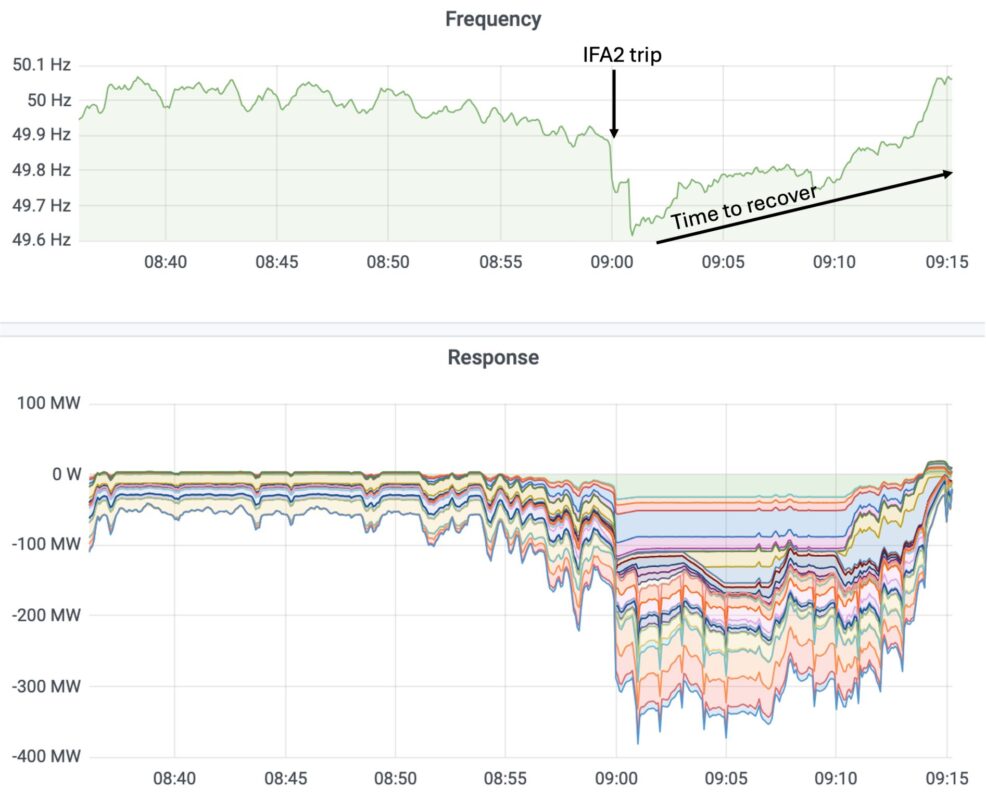
NESO called upon battery energy storage systems (BESS) in the balancing mechanism to provide frequency services, too. However, as Johnson points out, it took about 10 minutes for the system to recover. In October, when the NSL interconnector between Norway and the UK tripped, it only took two minutes for the system to recover.
According to Johnson, this could have been because wind comprised about 25% of the generation mix, meaning system inertia could have been low.
Speaking to Current± in October, Johnson said: “While it’s not uncommon for interconnectors to trip, large interconnector failures can have an immediate negative impact on the network. Lithium-ion BESS are the only assets that can respond to solve this because of their fast responding nature and their ability to serve two key purposes; first their speedy response, and second, the reserve actions which occur after a few minutes.”

